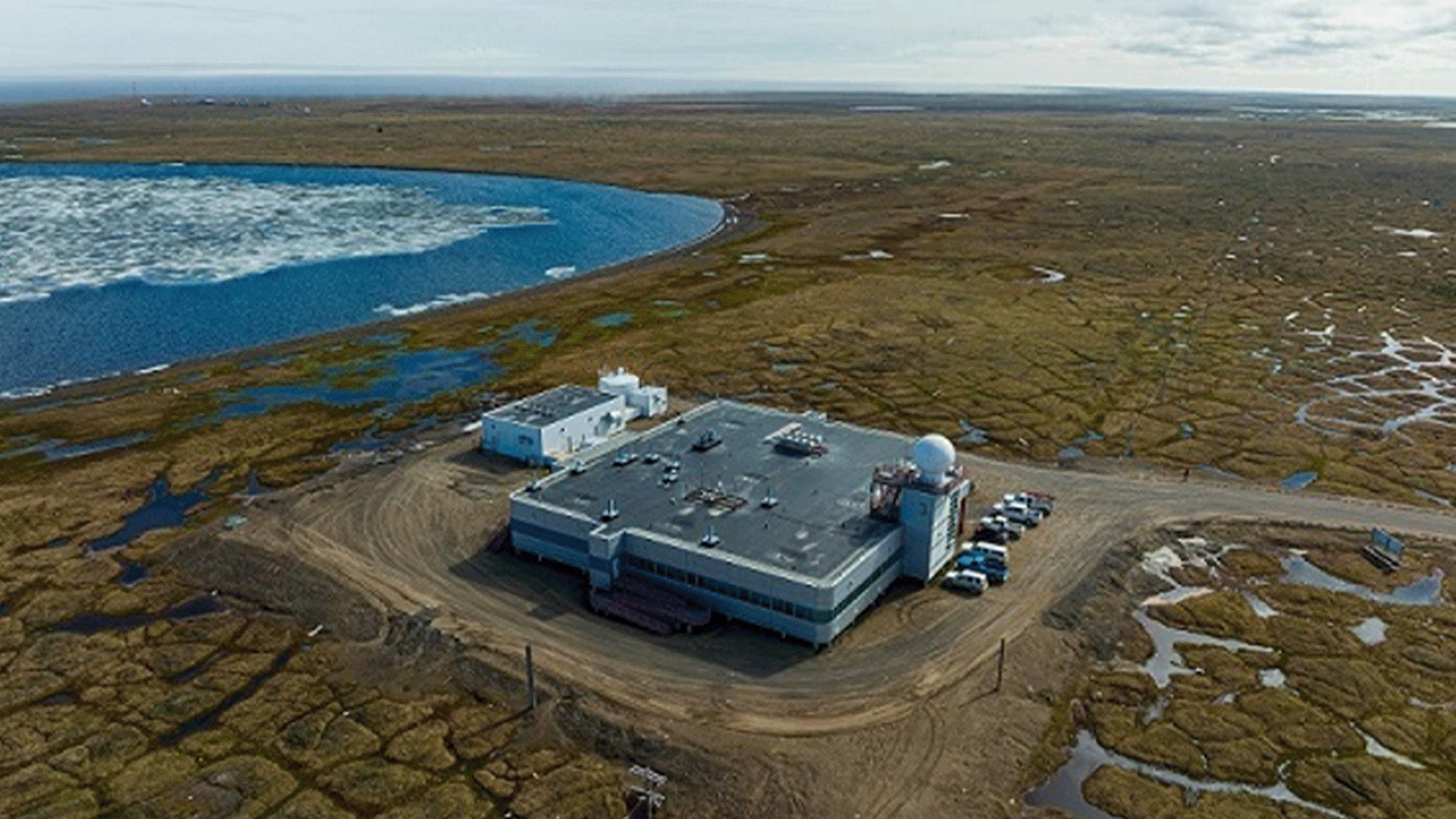This presents an excellent opportunity for ESA projects and activities to access polar research infrastructures, enhancing data collection for their initiatives.
The POLARIN Network, an international network of polar research infrastructures and their services, has officially launched its Transnational Access (TA) Call for 2024. This call invites the global scientific community to submit proposals addressing critical research challenges in the polar regions.
POLARIN is an EU-funded project that provides researchers with integrated access to an extensive network of cutting-edge research infrastructures across both poles. These include 38 Arctic and Antarctic research stations, 12 polar vessels and icebreakers, 18 observatories, repositories for ice and sediment cores, and data infrastructure. With a strong emphasis on interdisciplinary collaboration, POLARIN enables comprehensive studies on polar processes essential to understanding and predicting global environmental changes.
The 2024 POLARIN TA Call focuses on seven priority areas, including:
- Sea Ice and Polar Oceans in the Climate System
- Polar Ice Sheets, Glaciers, and Sea Level
- Terrestrial Carbon Cycle and Permafrost
- Polar Ecosystems and Biodiversity
- Atmospheric Dynamics and Chemistry
- Paleoclimate Processes and Variability
- Humans, Societies, and Global Changes
Researchers from across disciplines are encouraged to apply, with the goal of advancing scientific knowledge and fostering solutions to the unique challenges faced by polar regions.
Important dates:
- Deadline for proposal submission: 28th November 2024, 4:00 pm CET.
- Access decisions: Mid-March 2025.
Proposals must be submitted through the POLARIN Transnational Access Platform (TAP) online system. For further details, including submission guidelines and access to the online platform, please visit the official POLARIN website.
Featured image : A selection of polar stations, vessels and platforms from the POLARIN research infrastructure. Photos courtesy of the POLARIN team

